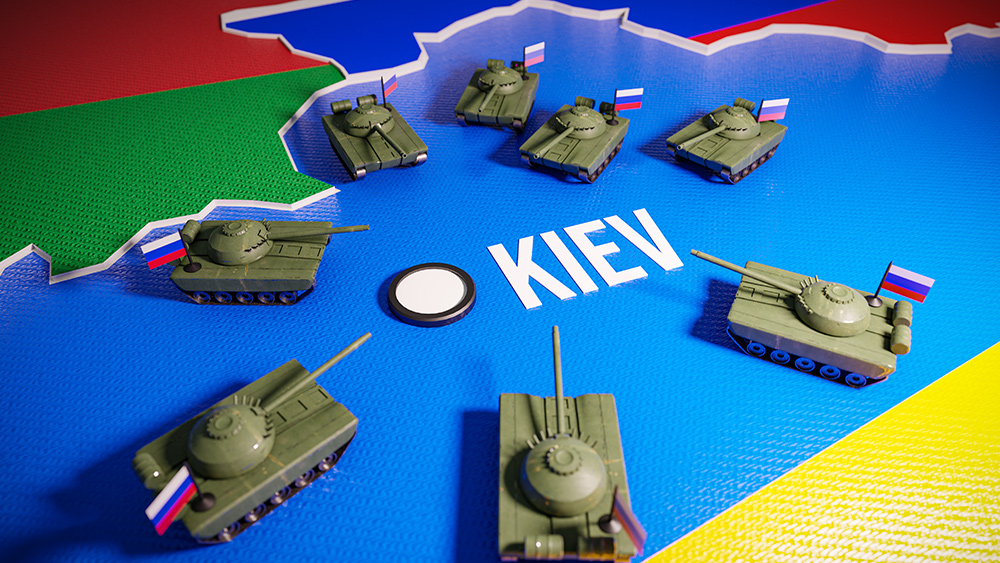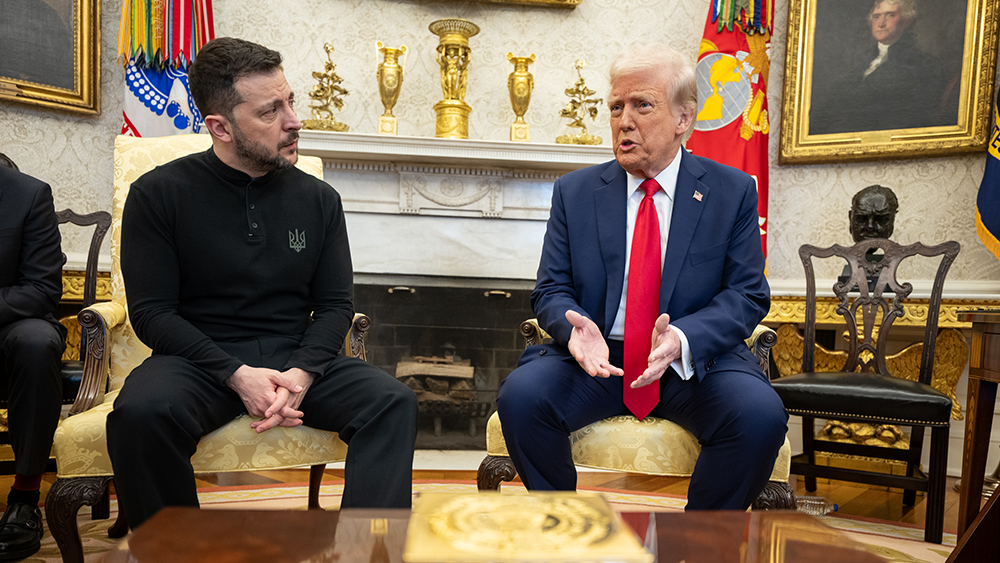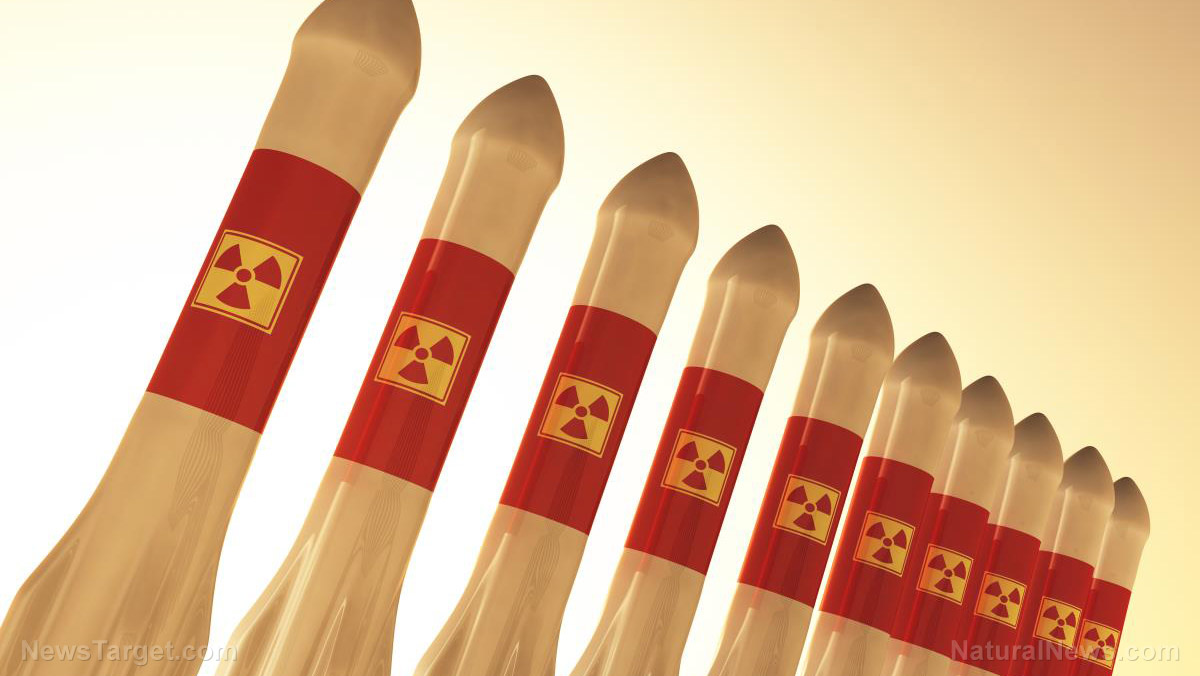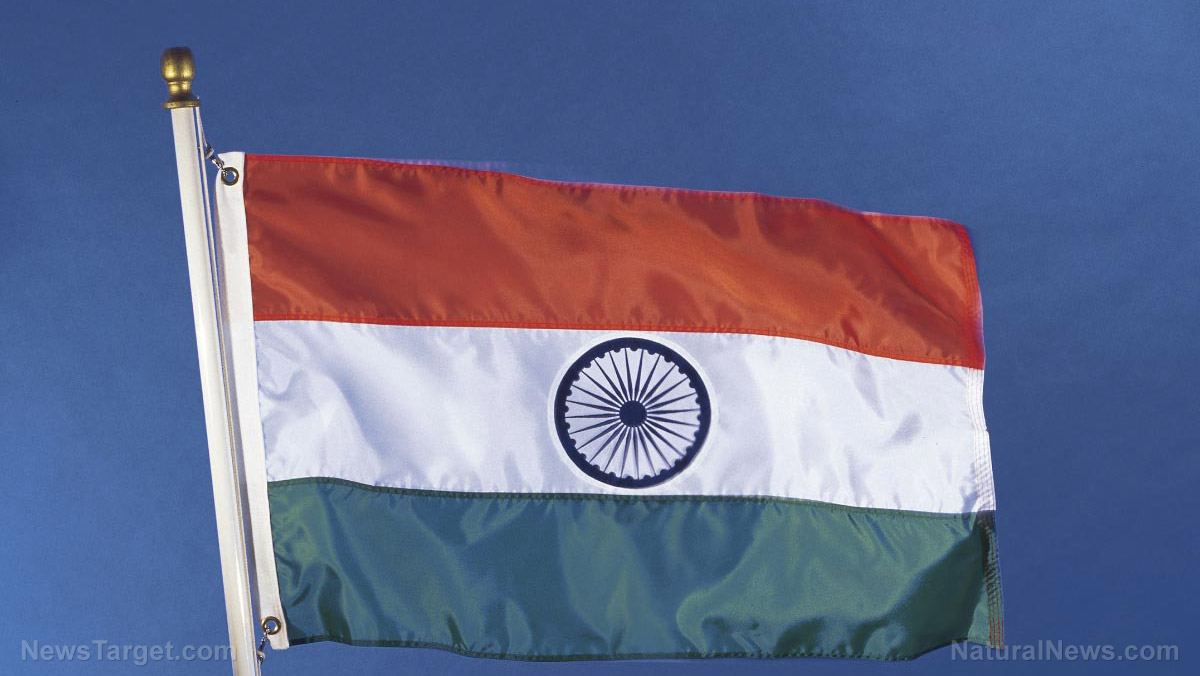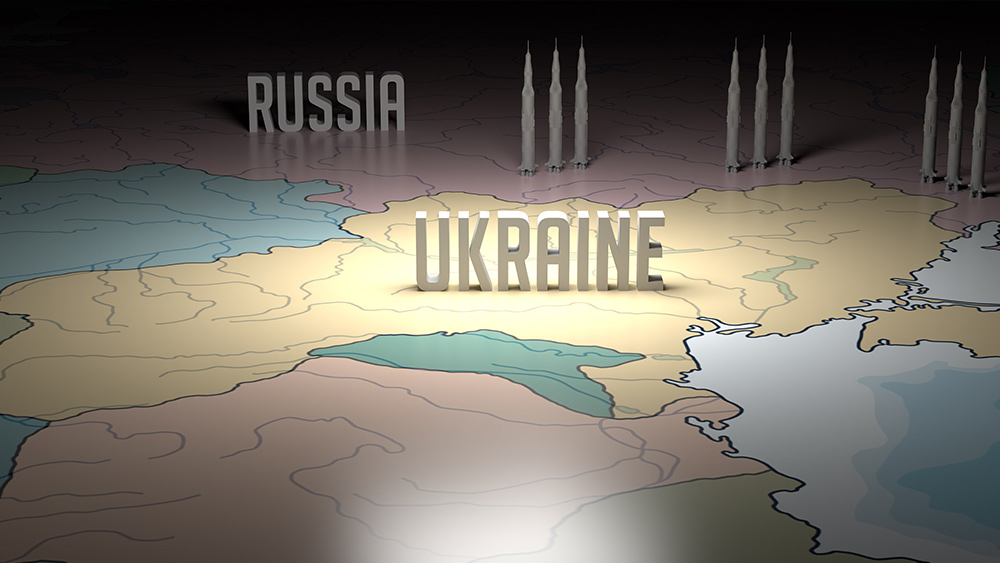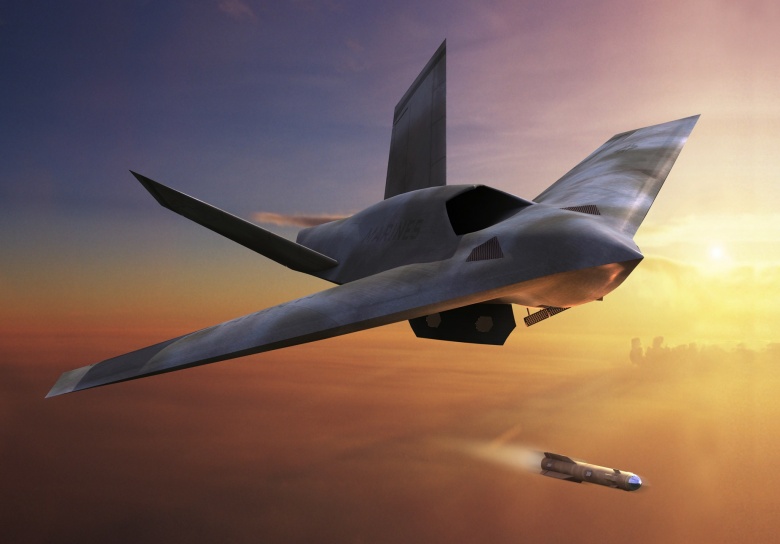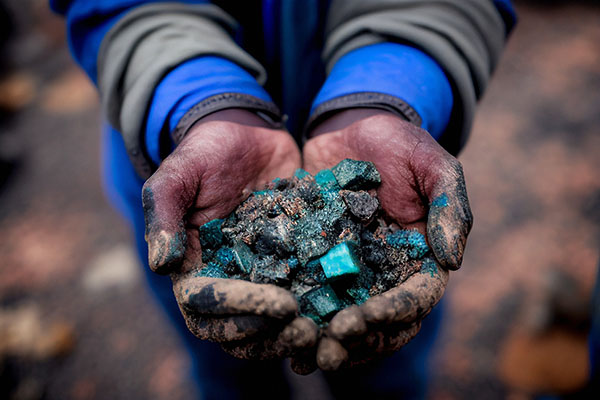Pakistan warns India of retaliation as drone strikes and downed jets escalate tensions between nuclear-armed rivals
05/08/2025 / By Cassie B.

- The skies over Kashmir have turned into a battleground as India and Pakistan exchange fire, risking full-scale war.
- Two Indian jets and one Pakistani F-16 were downed, with video showing an Indian pilot attacked by villagers before Pakistani troops intervened.
- Pakistan warns it will retaliate at a time of its choosing, raising fears of nuclear escalation amid global calls for de-escalation.
- The crisis began after a deadly Kashmir terror attack, with India launching strikes and Pakistan denying involvement, calling them an “act of war.”
- Drones and missiles intensify the conflict, with both sides reporting civilian and military casualties as tensions reach a dangerous peak.
The skies over Kashmir have once again become a battleground as India and Pakistan exchange fire in a dangerous escalation that risks spiraling into full-scale war.
In recent days, two Indian Air Force jets were shot down, while India claims it downed a Pakistani F-16. Three aircraft have been lost in total, two Indian and one Pakistani, as tensions flare over disputed Kashmir. Video footage shows an Indian pilot being attacked by villagers after ejecting, with Pakistani military personnel intervening to stop the assault. The conflict comes amid reports of over 1,000 drones operating in Pakistan, conducting strikes with deadly consequences.
Pakistan has issued a warning, declaring it “reserves the right to respond, in self-defense, at a time, place, and manner of its choosing.” With both nations armed with nuclear weapons, the world is watching nervously as the two historic adversaries inch closer to a catastrophic confrontation.
A cycle of violence and retaliation
The latest crisis was triggered by a terrorist attack in Indian-administered Kashmir last month, which left 26 civilians dead. India blamed Pakistan-based militants, launching retaliatory strikes it called “Operation Sindoor.” Pakistan, however, denied involvement, calling India’s actions an “act of war” and accusing New Delhi of targeting civilians and mosques.
“These unprovoked and unjustified attacks martyred innocent men, women and children,” Pakistan’s National Security Committee stated. India, meanwhile, insists its strikes were “focused, measured and non-escalatory,” aimed at dismantling terrorist infrastructure linked to groups like Lashkar-e-Taiba (LeT).
Drones, missiles, and downed jets
The conflict has since escalated into a deadly exchange of drone and missile strikes. Pakistan claims to have shot down 25 Indian drones, including Israeli-made Harop loitering munitions, while India says it targeted Pakistani air defense systems in response to attempted attacks on its military installations.
Lt. Gen. Ahmed Sharif Chaudhry, Pakistan’s military spokesman, called India’s drone strikes a “serious, serious provocation,” confirming that one civilian was killed and four soldiers wounded. India, in turn, reported 16 civilian deaths from Pakistani shelling, including women and children.
The situation grew even more volatile when Pakistan claimed to have downed five Indian fighter jets, including three French-made Rafales, a MiG-29, and an Su-30, although India has not confirmed these losses.
Nuclear stakes and global alarm
The world is urging restraint, with the U.S., Russia, and China calling for de-escalation. The U.S. State Department ordered its Lahore consulate staff to shelter in place amid reports of drone explosions, while the UN expressed “deep concern” over the rising tensions.
“War in any form is ugly for humanity,” said Ramadan Muhamad, a Pakistani shopkeeper who witnessed a drone crash. “A conflict between Pakistan and India is not an ordinary war—God forbid, it could turn into a humanitarian disaster because both countries possess nuclear weapons.”
A history of conflict with no end in sight
Kashmir has been a flashpoint since 1947, with three major wars fought over the territory. Both nations claim it in full, and neither shows signs of backing down. Pakistan has vowed to retaliate, while India remains on high alert. Will this latest clash push two nuclear powers past the point of no return?
Sources for this article include:
Submit a correction >>
Tagged Under:
chaos, dangerous, India, Kashmir, military tech, national security, nuclear war, Pakistan, violence, weapons tech, WWIII
This article may contain statements that reflect the opinion of the author
RECENT NEWS & ARTICLES
COPYRIGHT © 2018 MILITARYTECHNOLOGY.NEWS
All content posted on this site is protected under Free Speech. MilitaryTechnology.news is not responsible for content written by contributing authors. The information on this site is provided for educational and entertainment purposes only. It is not intended as a substitute for professional advice of any kind. MilitaryTechnology.news assumes no responsibility for the use or misuse of this material. All trademarks, registered trademarks and service marks mentioned on this site are the property of their respective owners.

